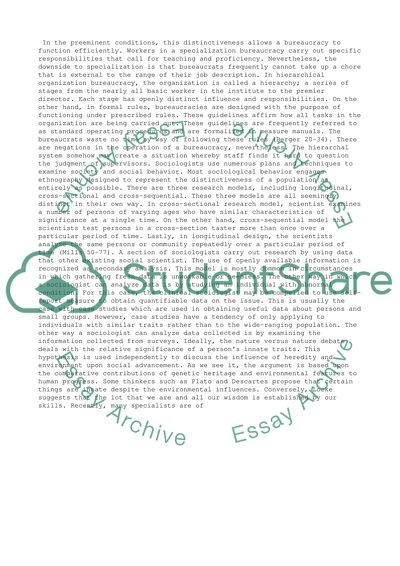Cite this document
(“Bureaucracy Essay Example | Topics and Well Written Essays - 1250 words”, n.d.)
Retrieved de https://studentshare.org/management/1397106-reflective-essay
Retrieved de https://studentshare.org/management/1397106-reflective-essay
(Bureaucracy Essay Example | Topics and Well Written Essays - 1250 Words)
https://studentshare.org/management/1397106-reflective-essay.
https://studentshare.org/management/1397106-reflective-essay.
“Bureaucracy Essay Example | Topics and Well Written Essays - 1250 Words”, n.d. https://studentshare.org/management/1397106-reflective-essay.


